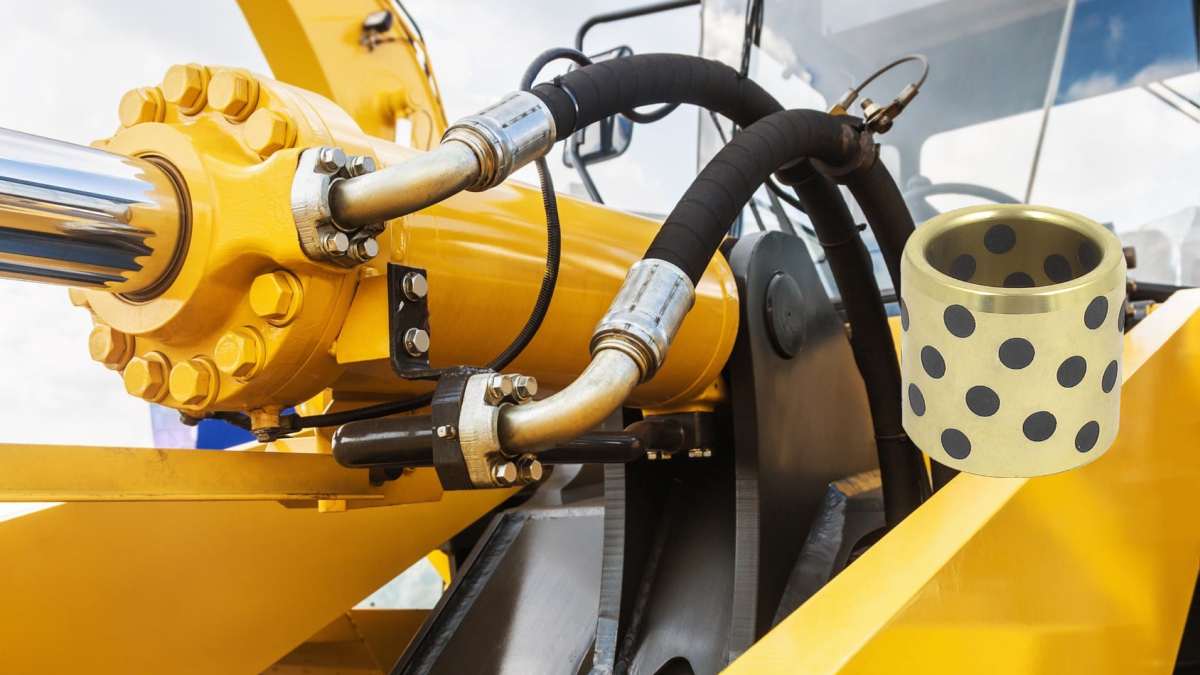
Table of Contents
Bushing
A bushing is a component that is used in a gear shaft or bearing. The primary function is to fix and position fixed water lubrication bushings. Bushings are used outside of mechanical parts for sealing, wear, and maintenance, among other things. Bushing is frequently utilized in a variety of industrial equipment, including valves, bearings, and other components. Bushing has a lot of versatility and can be used in a variety of applications.
In general, a bushing is used in machinery maintenance. Bushings can help to reduce equipment wear, vibration, and noise while also preventing corrosion. Bushings can also make mechanical equipment repairs easier, as well as simplifying equipment construction and manufacturing technology. Bushings’ role in practical work is heavily influenced by the setting and purpose of their use. Bushings come in different price segments and materials depending on bushing supplier in different regions.
Oilless Bushing
Oil free bushings, commonly referred to as lubricant free bearings, are a form of bearing. Because bearings are subjected to a lot of frictional resistance, which generates heat, lubricants like oil or grease are required to avoid seizing or abnormal wear caused by this frictional heat. Lubrication-free bushings are available in a range of shapes and can be utilized for a variety of applications. Straight bushings, collar bushings, flange bushings, and housing bushings are examples.
Working of Oilless Bushing
Oilless designed to glide over rods and produce a low-friction motion. They provide great shock absorption while also reducing energy consumption, noise, and wear. For heavy-duty wheels with tight load-bearing tolerances, bushings are commonly employed.
Bushings are self-lubricating, making them excellent for low or no-maintenance applications. A consistent pattern of indents on the surface of the bushing acts as grease reservoirs, allowing the bushing to self-lubricate. Some nylon bushings do not require lubrication, making them particularly helpful in the food and textile sectors, where dry applications are favored.
Example
The most commonly used excavator machine uses different oilless bushings in its various parts such as arm, bucket cylinder, boom cylinder. Some of the major undercarriage types used are load roller bush, sprocket, idler thrust washer, and straight bush.
Types of Oilless Bushings
Composite self-lubricating bearings, self-lubricating solid embedded bearing shafts, and bimetallic material self-lubricating bearings are the different types of self-lubricating bearings.
- One of the key types of solid oilless bushings referred to as JDB is a new combination of metal bearings and oil-lubricated bearings non-lubricated bearings, supported by a metal substrate load, and a particular solid lubricating material lubrication formula.
- It has a high load capacity, impact resistance, high temperature, self-lubricating ability, and other characteristics, particularly for heavy loads, low speed, reciprocating or swinging, difficult to lubricate, and the formation of oil film occasions, and is not afraid of water and other acid erosion.
- In metallurgical continuous casting machines, rolling just equipment, mining machinery, molds, hoisting machinery, textile machinery, wind power generation, ships, steam turbines, turbines, injection molding machines, and equipment production lines, products have been widely employed. The wear resistance is double that of a standard sleeve.
Advantages
- There is no additional fuel supply device.
- Bearing running expenses are reduced
- Equipment downtime maintenance is reduced.
- Design and mechanical construction are simplified.
- It is not conducive to environmental preservation if waste oil is not treated.